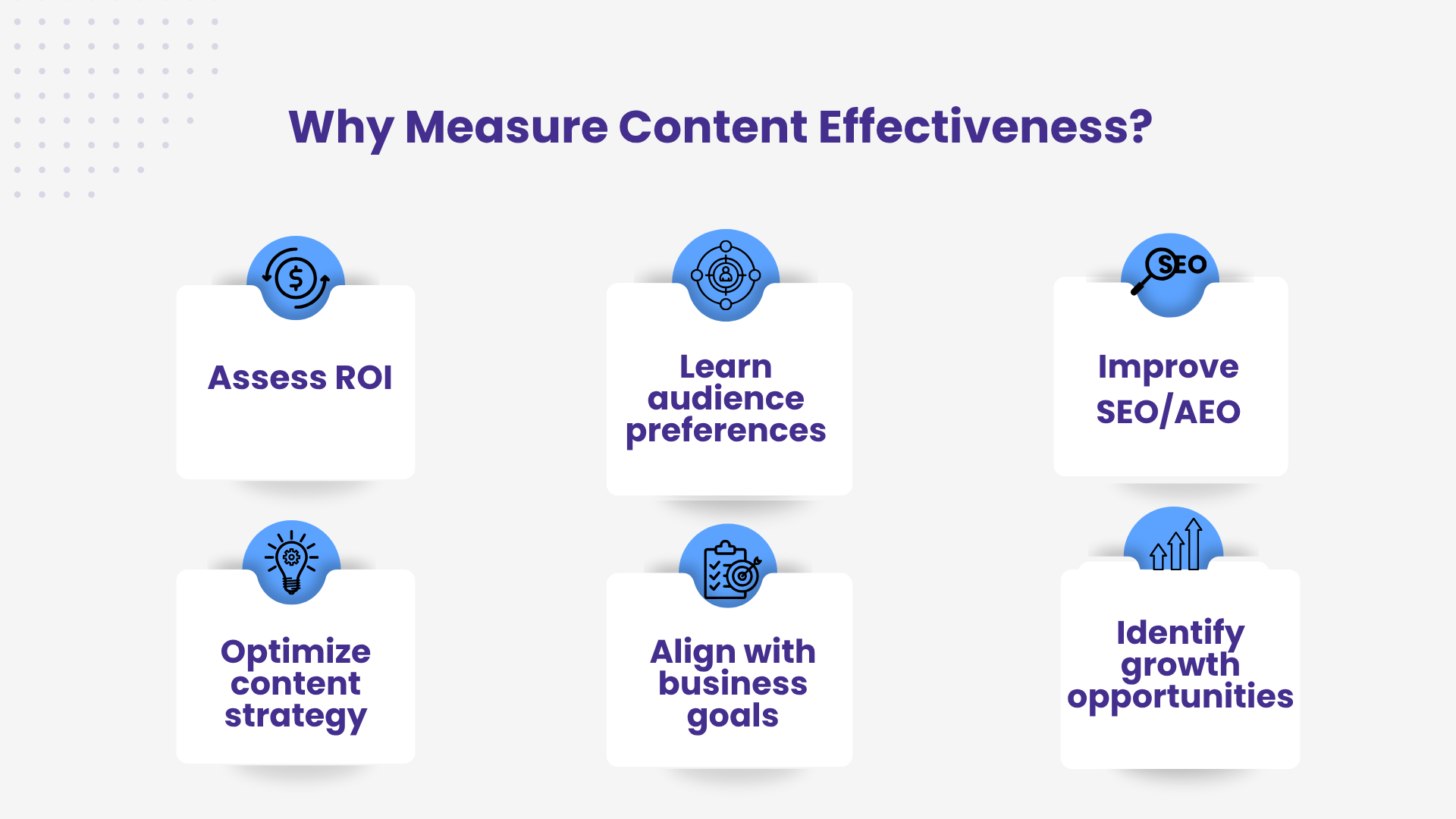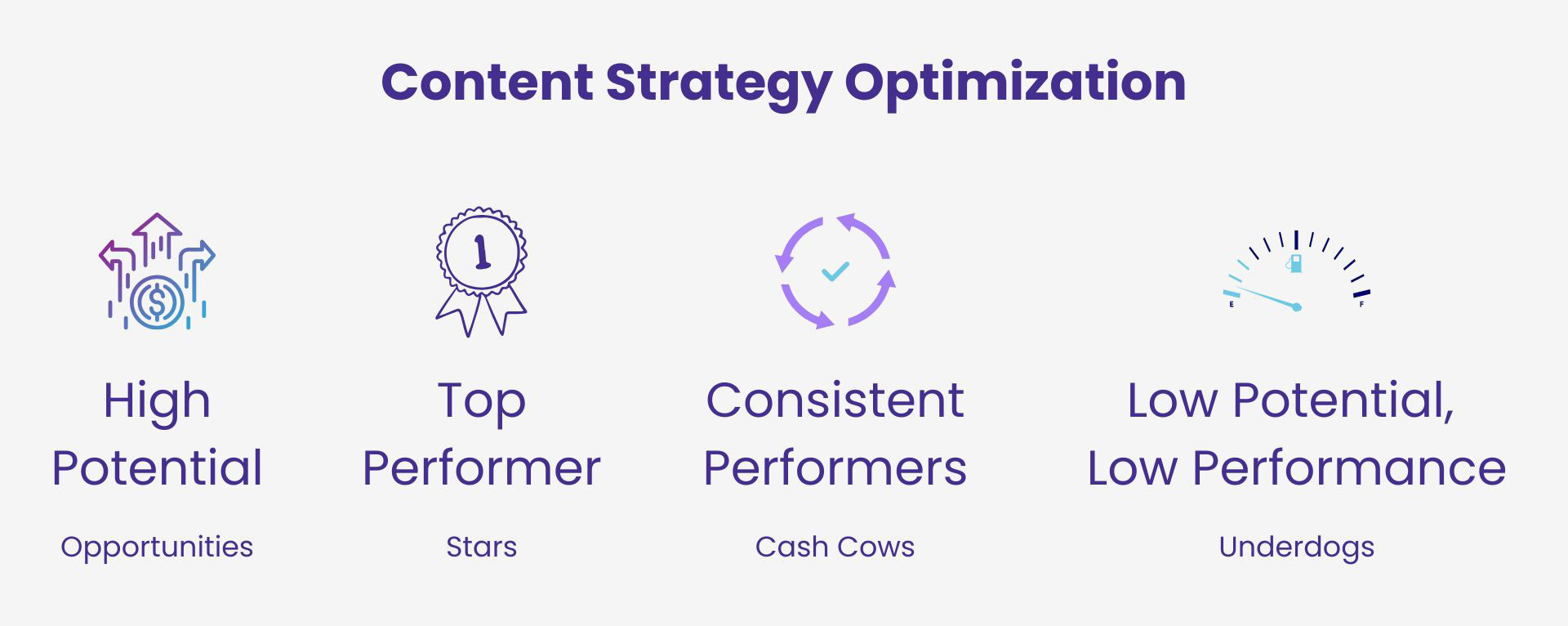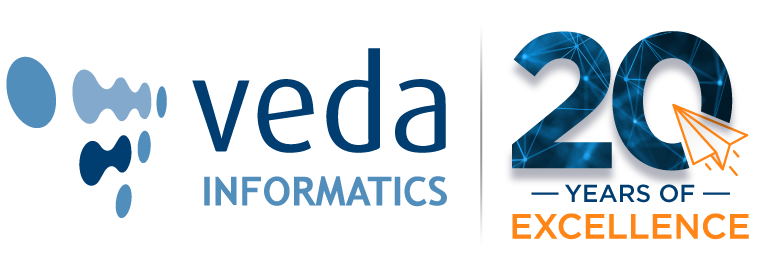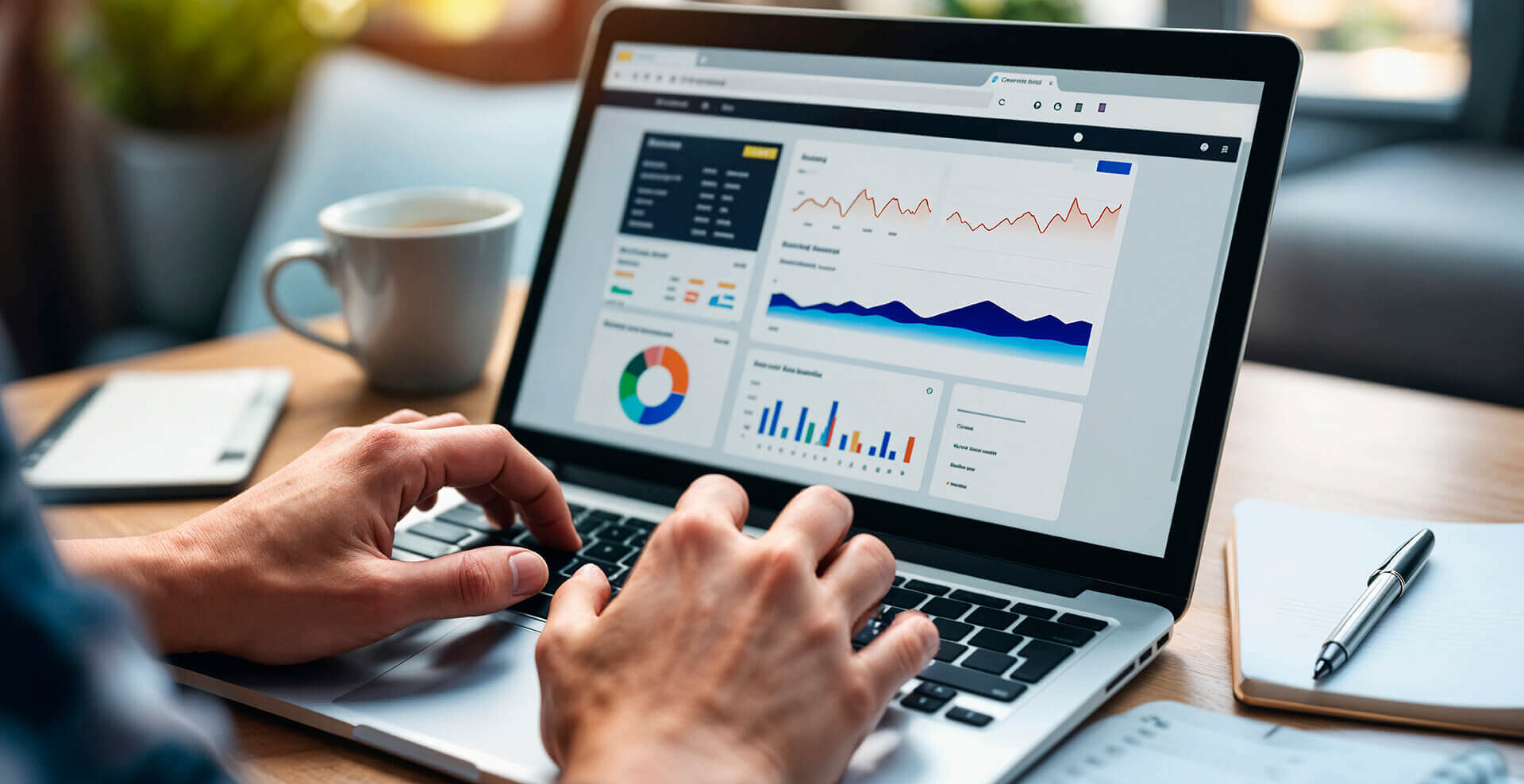What are the biggest content marketing challenges you face? Is it creating impactful content, allocating resources, or measuring the ROI? Well, the 2026 B2B Content and Marketing Trends Report by Content Marketing Institute says you aren’t alone. The top 3 challenges that most content marketers face, especially in the B2B arena, are creating content that leads to a desired action (such as conversion), overcoming resource constraints (budget, people, time), and measuring the effectiveness of their content strategy.
The good news is that if you don’t run a content marketing agency, you can hand over the content creation job to an experienced team. Resource limitations, especially people and time, will also get taken care of with that. Plus, outsourcing eliminates the overhead of maintaining an in-house team of content experts. So, that takes care of the budget constraint too. It is assessing the effectiveness of your efforts that you should focus on.
Why Measure Content Marketing Effectiveness?
Measuring the effectiveness of your content marketing efforts shows you what works and what doesn’t. This helps you optimize your content. It also helps you allocate resources wisely. You can avoid wasting time and money on initiatives that don’t bear fruit. This is important for stakeholders.

Assess ROI
Tracking content KPIs relevant to your business not only helps you understand whether your content engages your target audience but also guides you on how to improve underperforming elements of the content marketing strategy. You can calculate ROI by measuring KPIs like lead generation and conversions.
Align Your Content with Business Goals
Does your content strategy help you achieve specific business goals, such as increased sales or customer retention? By setting specific performance metrics that reflect your overall business objectives, you can refine messaging, adjust campaigns, and allocate resources to improve the ROI of your content strategy. This, in turn, can have a direct impact on business growth.
Discover Growth Opportunities
When you regularly measure content effectiveness, you gain insights into different audience segments, new trends that you can capitalize on, and channels you must optimize to drive better results.
Learn What Your Audience Prefers
Do you get more comments on your Insta Reels than on your Facebook posts? Your target audience obviously prefers visual, easily digestible content. What sources do visitors reach your website from? This tells you the channels and platforms they usually resort to while looking for products and services, or even information.
Improve SEO/AEO
People worldwide are rapidly shifting to voice and AI-powered search. This makes it crucial to include Answer Engine Optimization (AEO) in your content marketing strategy. Yet, traditional Googling remains the dominant search engine. So, you still need to work on raising search rankings for your online IP. The simplest way to track SEO/AEO effectiveness is to use metrics like organic traffic and keyword rankings.
Optimize Your Content Strategy
Aren’t you already using data to guide strategic business decisions? Data can also be a powerful guide to make your content marketing impactful. Check which formats, topics, and channels perform the best. Time on Page is another crucial content KPI. With such insights you can stop wasting resources on underperforming initiatives and shift them to those that bring better results.

How to Measure Content Marketing Effectiveness
Before measuring anything, you need clear goals. Is your content marketing strategy designed to build brand awareness, generate leads, or drive sales? Your goal dictates the key performance metrics you’ll track. Trying to measure everything leads to data overload. In fact, over one in three marketing leaders track conversion rates as a key KPI. Here’s a look at other content KPIs that are important in estimating ROI.
| Goal | Primary Metrics to Track |
| Awareness | Page Views, Unique Visitors, Social Shares, Brand Mentions |
| Engagement | Time on Page, Bounce Rate, Comments, Likes/Reactions |
| Leads/Sales | Conversion Rate, Leads Generated, Sales/Revenue Attributed |
| SEO | Organic Traffic, Keyword Rankings, Backlinks |
Consumption Metrics (Awareness)
These metrics tell you if people are seeing your content. They are the most basic level of content ROI measurement. Page Views are the total number of times a piece of content was viewed. This is a baseline measure of reach. You should also measure unique visitors, or the number of individual people who viewed the content. This is a better measure of actual audience size. Don’t forget to track traffic sources. Knowing where your audience comes from (organic search, social media, email) helps you optimize your distribution channels.
Engagement Metrics
It isn’t enough to get traffic. People must engage with your content to be motivated to take the next step. High engagement suggests relevance and quality. Time on Page is a key content KPI that tells you how long visitors spend reading or watching your content. A longer duration is excellent, especially for long-form articles or videos. Bounce rate is a performance metric that shows the percentage of visitors who leave your site after viewing only one page. A high bounce rate often signals a mismatch between the content and the visitor’s expectation.
McKinsey & Co’s State of the Consumer 2025 report reveals that 32% of customers use social media to research products, up from 27% in 2023. Given that consumers want to connect with brands on social media, social shares and comments is a good measure of engagement. These show that the content resonated enough for people to recommend it or start a discussion.
SEO Metrics (Discoverability)
For long-term success, your content must be easily discoverable via search engines. These metrics show how well your content optimization efforts are working. Organic traffic is a good measure of this. It tells you the number of visitors arriving from search engines like Google. This is often the highest-quality traffic. Keyword rankings for target keywords also matter because they position your content higher among search results. Higher rankings mean more visibility and clicks. In addition, links from other reputable websites to your content is a key indicator of authority and trust.
Conversion Metrics (Business Value)
This is where you directly link content to revenue and leads. This is the ultimate proof of content ROI. Measuring the conversion rate is all about the percentage of people who complete a desired action after viewing the content. This could be downloading an eBook, signing up for a newsletter, or requesting a demo.
Also, measure leads generated, or the number of potential customers acquired directly from a piece of content, such as filling out a form on a landing page. Finally, track sales attributed, or the actual revenue generated from customers who first interacted with your brand through that specific content.
Leave it to the Pros
You measure the ROI of every business investment, so why not for content marketing? Of course, content might not be your core strength, and maintaining an in-house skilled content team can eat into the capital you could have otherwise invested in growing your business. Why not leave your content marketing strategy and ensuring optimal content ROI to the experts while you focus on your core strengths? With over two decades of experience creating impactful content for multiple sectors across the world, Veda Informatics has deep insights into what customers seek and what content KPIs to track. Speak to us to learn how we can help you optimize your content marketing efforts.


Leave A Comment
You must be logged in to post a comment.